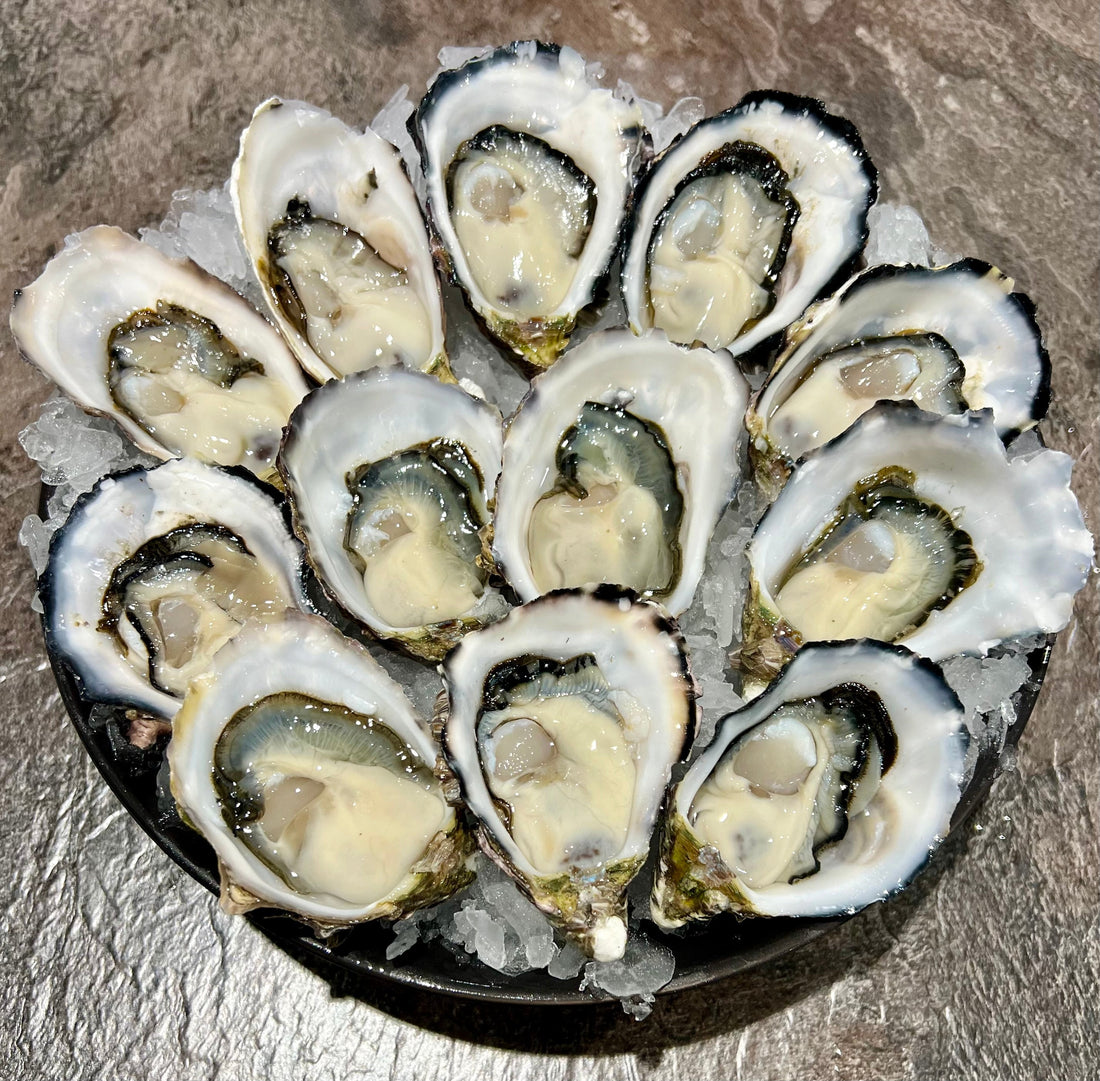Seafood rewards good handling. Treat oysters and scallops with a bit of care and you’ll taste the difference: clean sweetness, firm texture, no muddiness. Whether you buy from a reputable fishmonger or a trusted Tasmania seafood market, the work does not end at the counter. The way you chill, cover and time your serving window across the next day or two will decide how well that delicate flavour holds.
Start with quality
Fresh shellfish shows itself. Oysters should be heavy for their size with shells that are tightly closed, or that close promptly when tapped. Scallops in the shell should sit closed and feel solid. Shucked oysters must sit in clear, briny liquor without milky haze. Scallop meats should be dry to the touch and smell like the sea, not sour or ammoniac. If anything looks tired or smells off, do not try to rescue it with ice or lemon; don’t buy it.
Cold chain basics at home
The safest zone is cold: 0 to 4°C. Most home fridges run a touch warmer, so use the coldest shelf, usually at the back and low. A shallow tray with a rack over a bed of ice works well. The rack keeps shellfish out of meltwater while the ice stabilises temperature. Replace ice as it softens. Keep seafood covered to avoid fridge odours, but never seal live shellfish in airtight containers. They need to breathe.
Live oysters
Keep live oysters in a single layer, cup-side down to retain their liquor. Line a tray with a damp, clean tea towel, add a rack if you have one, then place the oysters on top and drape with another damp towel. Store in the fridge and re-wet the towel if it dries. Do not submerge oysters in fresh water or store them in plastic bags that trap moisture and carbon dioxide. Shuck as close to serving as you can. If you must shuck ahead, set the halves on crushed ice, loosely cover, and serve within 24 hours.
Shucked oysters
Shucked oysters should rest in their own liquor in a covered container set on ice in the fridge. Aim to enjoy them within 24 to 36 hours. If your fishmonger strained away sand, there’s no need to rinse; a fresh-water wash can dilute flavour and upset texture. When plating, keep the meat cold by nesting the shells in crushed ice and work in small batches so the rest stays chilled.
Live scallops
Treat in-shell scallops like other bivalves. Arrange them in a tray lined with a damp towel, hinge-side down if possible, and cover with another damp towel. Keep them cold and allow air to circulate. Avoid stacking deep piles that trap heat. Plan to cook live scallops within 24 to 48 hours. If any shells gape and don’t respond to a firm tap, discard them.
Scallop meats and roe
Fresh scallop meats store best when dry and cold. Transfer to a shallow container lined with absorbent paper, cover, and set over ice with drainage so they never sit in liquid. Replace the paper if it gets wet. Cook within 24 to 36 hours. Roe is more delicate than the adductor muscle; treat it as same-day if you want a fine, creamy texture. For local variety or recipe matching, many buyers look for Tasmanian scallop when they want a sweet, clean flavour that stands up to quick searing.
Freezing without spoiling quality
Freezing is different for oysters and scallops. Scallops freeze well if handled smartly: pat dry, arrange in a single layer on a lined tray, freeze until firm, then pack into an airtight bag with as much air removed as possible. Label and use within eight to twelve weeks for best texture. Thaw overnight in the fridge on a rack over a tray. Oysters can be frozen once shucked, but the texture softens. If you choose to freeze them, plan to cook them afterwards in chowders, fritters or sauces rather than serving raw. Never refreeze thawed seafood.
Getting them home
Heat is the enemy between shop and fridge. Carry an esky or insulated bag with gel packs if your trip runs longer than 20 minutes. Ask for a bag of crushed ice during warmer months. If you’re collecting a dozen or two from Burleigh heads seafood, have a tray ready at home so the oysters or scallops move straight to cold storage with no delay.
Storage at a glance
| Product form | How to store | Temperature | Shelf life (home) | Best use |
|---|---|---|---|---|
| Live oysters | Tray with damp towels, cup-side down, breathable cover | 0–4°C | 2–3 days | Raw on the half shell, grilled |
| Shucked oysters | In liquor, covered container on ice, no fresh-water rinse | 0–2°C | 24–36 hours | Raw service, oysters Kilpatrick |
| Live scallops | Tray with damp towels, breathable cover | 0–4°C | 1–2 days | Steamed in shell, opened then seared |
| Scallop meats & roe | Dry on paper, covered, on ice with drainage | 0–2°C | 24–36 hours | Quick sear, ceviche if same-day fresh |
| Frozen scallops | IQF at home, airtight bag | -18°C | 8–12 weeks | Pan-sear, pasta, curries |
| Frozen oysters | Shucked, for cooking only | -18°C | 6–8 weeks | Chowders, fritters, baked dishes |
Hygiene that protects flavour
Use separate boards and knives for seafood and raw meats. Keep hands and benches clean and cold bowls ready before you start shucking. Don’t soak shellfish in fresh water. If grit worries you, lift meats gently from the top of the liquor and leave sediment behind. When serving raw, keep platters small and swap them out often so everything stays cold.
Timing and serving tips
Chill plates and shells before plating. A squeeze of lemon, a light mignonette or a brush of browned butter for scallops will complement rather than mask the natural sweetness. If you plan a mixed platter, place the coldest items in a shallow bed of crushed ice and set the tray back in the fridge between rounds. Leftovers should not sit at room temperature; if they have, do not store them again.
Buying in bulk and planning ahead
Entertaining for a crowd or stocking up for future dinners calls for a plan. Buy live shellfish as close to the event day as possible, and freeze only what suits freezing well. Trusted suppliers tied into wholesale seafood Gold Coast networks often pack to order, which helps preserve the cold chain. Ask for harvest or pack dates and handle your purchase with the same care they did. That chain of custody, from boat to bench, is what keeps oysters briny and scallops sweet.
Handled this way, your haul will taste like it just came out of clean water. Keep it cold, keep it breathing when alive, keep it dry when shucked, and stick to short, sensible timeframes. The reward is simple: bright, sweet seafood that needs very little done to it.

